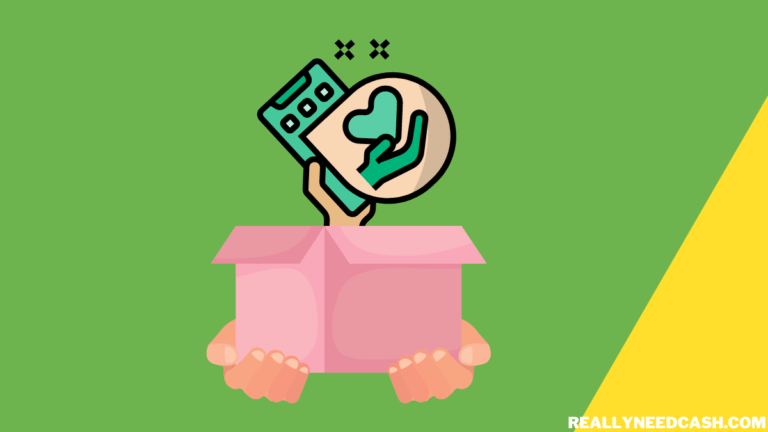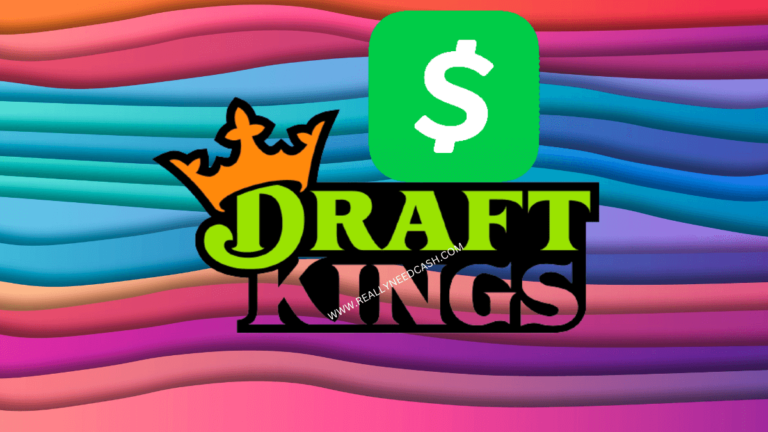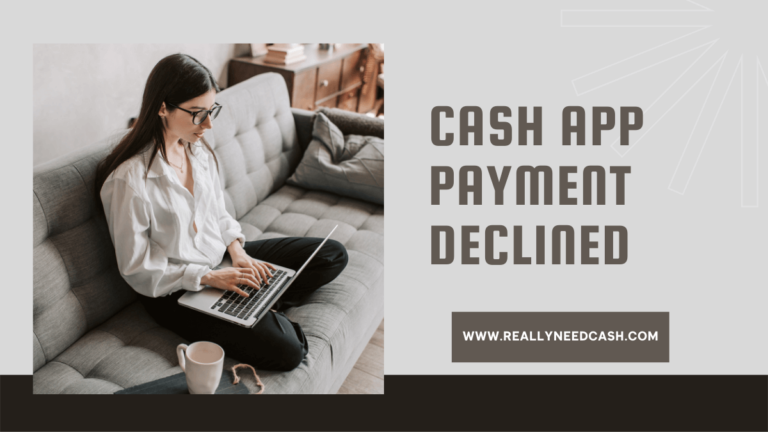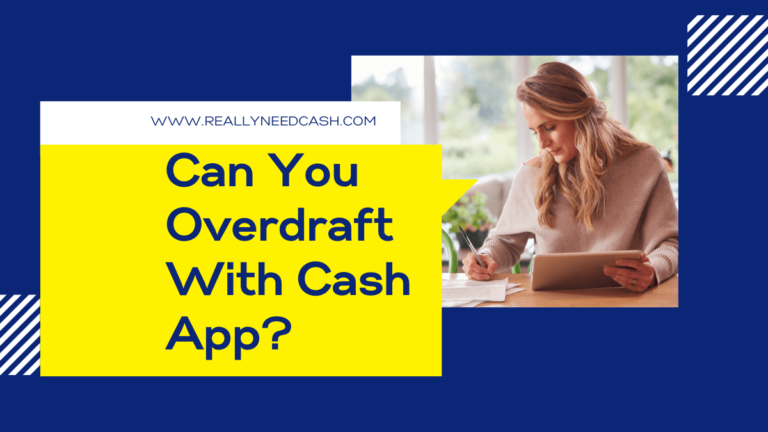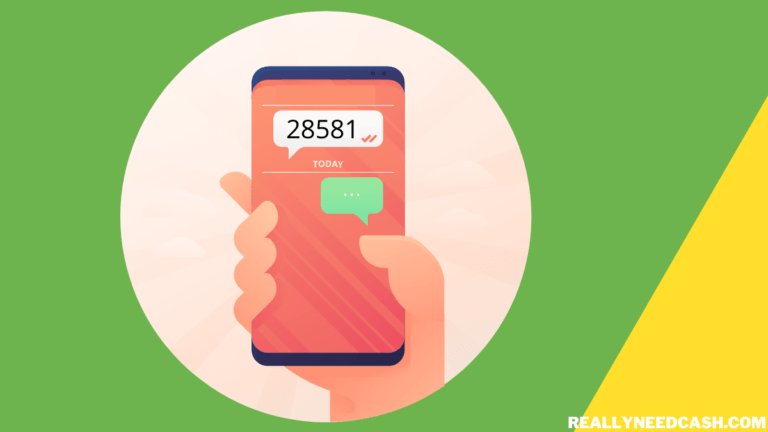Understanding Cash App Overdrafts
Cash App offers a unique approach to managing overdrafts compared to traditional banks. It’s important to grasp how overdrafts work, the differences between Cash App and banks, limits, and the eligibility requirements for using overdraft features.
Defining Cash App Overdraft
A Cash App overdraft occurs when I attempt to spend more money than I have in my account. Cash App is primarily a prepaid platform. This means I need to have funds available before I can make a transaction. While I can naturally dip into a negative balance in certain cases, such as for disputed transactions, Cash App doesn’t allow intentional overdrafting like traditional banks do. As such, there’s no overdraft fee in most cases, but additional charges can apply based on specific actions.
Differences Between Cash App Overdraft and Traditional Bank Overdraft
Cash App and traditional banks differ significantly in how they manage overdrafts. Traditional banks might allow me to overdraw my account, charging an overdraft fee, which can be substantial. For example, these fees can range from $30 to $40 per transaction. In contrast, Cash App does not charge overdraft fees because it operates on a prepaid model. Rather, I can only spend what I have in my account unless exceptions occur. Understanding this key difference helps me choose the right financial service for my needs.
Overdraft Limits and Fees
With Cash App, there is a unique aspect of free overdraft coverage. I can access up to $50 in free overdraft coverage, though limitations may vary by account. Cash App does not publish a specific overdraft fee structure, as it does not engage in standard overdrafting practices. While I won’t face traditional overdraft fees, I should be aware that insufficient transactions on Cash App can lead to transactions being declined, without an extra charge. Reviewing my account regularly helps me avoid unwanted negatives.
Eligibility Criteria for Overdraft
To access Cash App’s overdraft coverage, I must meet certain eligibility criteria. First, I need to have a Cash App account in good standing. I also need to regularly use my account for transactions. If I suddenly have disputes on transactions, this can also lead to an unexpected negative balance. It’s recommended to maintain active use and monitor my account to ensure I maximize any available benefits related to overdraft coverage on Cash App.
Managing Your Cash App Balance
Staying in control of my Cash App balance is essential for avoiding fees and smooth transactions. In this section, I’ll share tips that help me manage my account effectively and keep any negative balances at bay.
Tracking Your Cash App Account
Keeping close tabs on my Cash App account is vital. I make it a habit to check my balance daily. This way, I know how much I have available for purchases. Cash App provides a clear view of my balance and recent transactions, making it easier to track spending.
I can view my balance right on the main screen of the app. Whenever I make a purchase, I see that amount deducted, which keeps me aware of what’s left. I also check my transaction history to identify any unexpected fees or charges.
Setting up alerts can be helpful too. I can receive notifications when my balance gets low or when I complete a transaction. This helps me stay on top of my finances and avoid surprises.
Avoiding Overdrafts
To avoid overdrafting, I always try to keep a cushion in my balance. Cash App does not allow me to spend beyond what I have. Knowing this helps me plan better.
I can create a budget to ensure I don’t overspend. I often use apps or even spreadsheet tools to track my monthly expenses. If I stick to my budget, I can go about my spending without worrying about overdrafts.
Another thing that helps me is scheduling payments and purchases. If I know I have bills coming up, I try to plan my spending accordingly. This ensures I have enough in my account for the important transactions.
Direct Deposit and Cash App Overdraft Relation
Direct deposit can be a game changer for managing my Cash App balance. If I set up direct deposit with my employer, my funds arrive automatically. This way, I can avoid missing payments or running low on cash.
Cash App allows me to receive my paycheck directly into my account, which means my balance reflects new funds quickly. If my paycheck is at least $300 and I qualify, I may benefit from options like overdraft coverage, which gives me more flexibility.
Having a direct deposit in place helps me plan my finances better since I know when to expect my funds. It also makes it easier to manage my balance and avoid running into any trouble with negative amounts.
Adding Funds to Prevent Negative Balance
Adding funds to my Cash App account is simple and can prevent any risk of a negative balance. I can link my bank account or debit card to transfer money quickly.
To add funds, I just tap on the “Add Cash” button in the app. I can select the amount I want to transfer and complete the process in a few taps. It’s a great way to keep my account topped up, especially before making planned purchases.
I also keep a little extra in my linked bank account to have readily available. This way, I can quickly transfer funds into my Cash App account when needed. Regularly adding to my balance helps me avoid the stress of running low on cash.
Navigating Cash App Card and Bank Linking
When using Cash App, knowing how to effectively link your bank account and manage your Cash App card is key. This section covers important details about transaction processes, linking, and some potential fees that you might encounter.
Cash App Card Usage and Overdraft Risks
I find that the Cash App card is a convenient way to make purchases. Since it’s a prepaid debit card, you need to have sufficient funds in your Cash App balance. Unlike traditional debit cards, there’s no option to overdraft, which means I can’t spend beyond what I have. When I try to make a purchase or withdraw money from an ATM, the transaction will only go through if my balance covers the amount.
If I attempt to overdraw, the transaction gets declined. However, my linked bank account can overdraft if I use it for a purchase. This could lead to unexpected overdraft fees, so I always keep an eye on my bank balance to avoid surprises.
Benefits of Linking Your Bank Account to Cash App
Linking my bank account to Cash App offers several advantages. It allows me to quickly transfer funds between accounts. This means I can move money into my Cash App balance for immediate use. It also simplifies the process of adding cash to my account directly from my bank.
Using my bank account for transactions through my Cash App can sometimes make handling payments easier, especially for larger amounts. Plus, it helps to manage my expenses as all transactions will show up in my bank account summary. I find this helpful for budgeting and tracking spending.
Understanding Holds and Secondary Charges
Often, I notice that when I make a purchase, especially at gas stations or restaurants, a temporary hold is placed on my funds. This hold can be a bit more than the actual purchase amount. For example, gas stations might hold an extra $50 to $100 until the final transaction is processed.
This temporary hold can affect how much cash is available in my account for other purchases. Additionally, secondary charges can appear if the hold is released and then a different charge is processed. It’s important for me to plan ahead and account for these holds to avoid going into a negative balance unexpectedly. Always checking the transaction details helps manage my funds better.
Frequently Asked Questions
I often get questions about overdrawing on Cash App. Here are some specific points to help clarify how Cash App handles overdrafts, the requirements, and possible outcomes.
How can one enable overdraft protection on Cash App?
To enable overdraft protection, you usually need to meet certain requirements, like having direct deposits sent to your Cash App account. There is no specific feature to turn on; instead, being a regular user with direct deposits could help you qualify for free overdraft coverage.
What is the maximum overdraft limit provided by Cash App?
Cash App may offer free overdraft coverage of up to $50. However, this limit can vary based on your account activity and eligibility. It’s crucial to know that not all accounts will receive the same limit.
What are the repercussions of owing money to Cash App?
If I owe money to Cash App, I may face several issues such as account restrictions or limited access to services. Cash App may seek to recover any negative balances through future deposits. It’s best to ensure I maintain a positive balance to avoid complications.
Is it possible to overdraft a Cash App card at an ATM?
No, I cannot overdraft my Cash App card at an ATM. Cash App is a prepaid debit card, meaning I can only spend what I have available in my account. There’s no option to withdraw more than the balance.
Can a user go into a negative balance with Cash App?
I cannot go into a negative balance on Cash App in the traditional sense. If I try to spend more than I have, the transaction will be declined. The only time a negative balance might occur is if I have overdraft coverage available and use it.
Are there any specific conditions under which Cash App allows overdrafts?
Cash App may allow overdrafts under specific conditions, typically linked to direct deposits. If my account regularly receives a certain amount in direct deposits, I could qualify for some overdraft coverage. Always check your account eligibility as these conditions can change.

